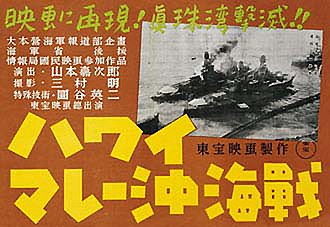
Back Cine belico AN فيلم حربي Arabic فيلم حرب ARZ Müharibə filmi Azerbaijani Военен филм Bulgarian Film brezel Breton Ratni film BS Cinema bèl·lic Catalan فیلمی شەڕ CKB Válečný film Czech

| Part of a series on |
| War (outline) |
|---|
 |
War film is a film genre concerned with warfare, typically about naval, air, or land battles, with combat scenes central to the drama. It has been strongly associated with the 20th century.[1][2] The fateful nature of battle scenes means that war films often end with them. Themes explored include combat, survival and escape, camaraderie between soldiers, sacrifice, the futility and inhumanity of battle, the effects of war on society, and the moral and human issues raised by war. War films are often categorized by their milieu, such as the Korean War; the most popular subjects are the Second World War and the American Civil War. The stories told may be fiction, historical drama, or biographical. Critics have noted similarities between the Western and the war film.
Nations such as China, Indonesia, Japan, and Russia have their own traditions of war film, centred on their own revolutionary wars but taking varied forms, from action and historical drama to wartime romance.
Subgenres, not necessarily distinct, include anti-war, comedy, propaganda, and documentary. There are similarly subgenres of the war film in specific theatres such as the Western Desert of North Africa and the Pacific in the Second World War, Vietnam, or the Soviet–Afghan War; and films set in specific domains of war, such as the infantry, the air, at sea, in submarines or at prisoner of war camps.
- ^ Neale 2000, p. 117.
- ^ Cite error: The named reference
Manchel1990was invoked but never defined (see the help page).